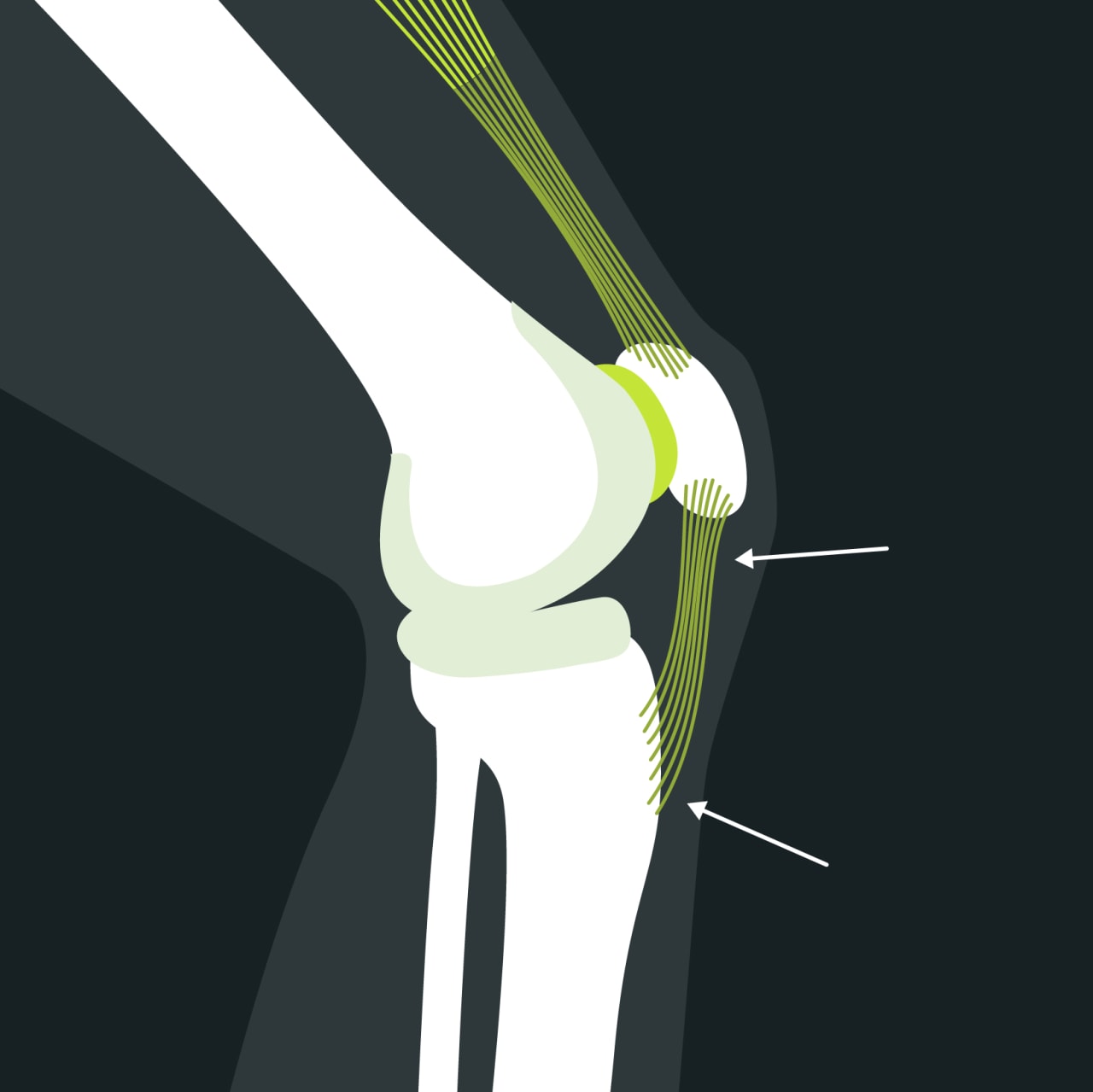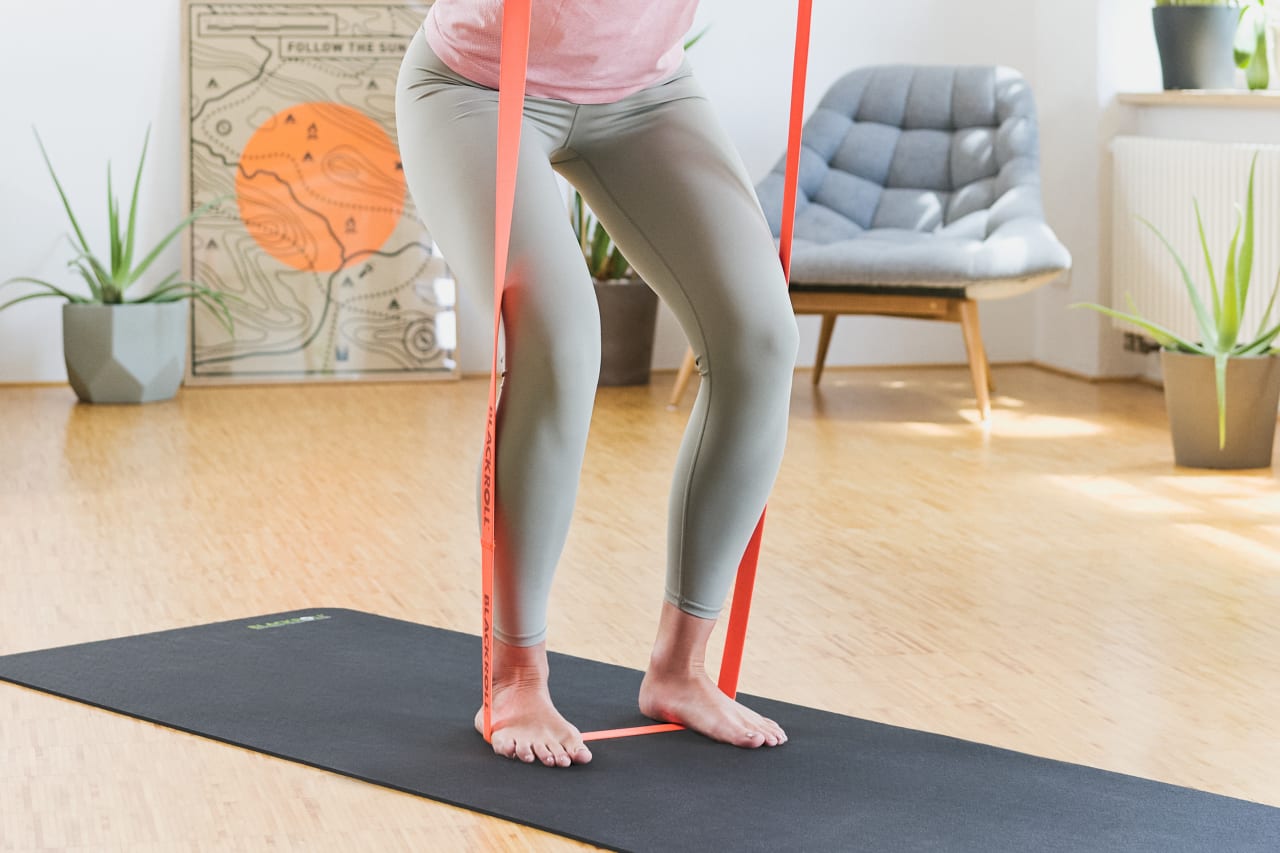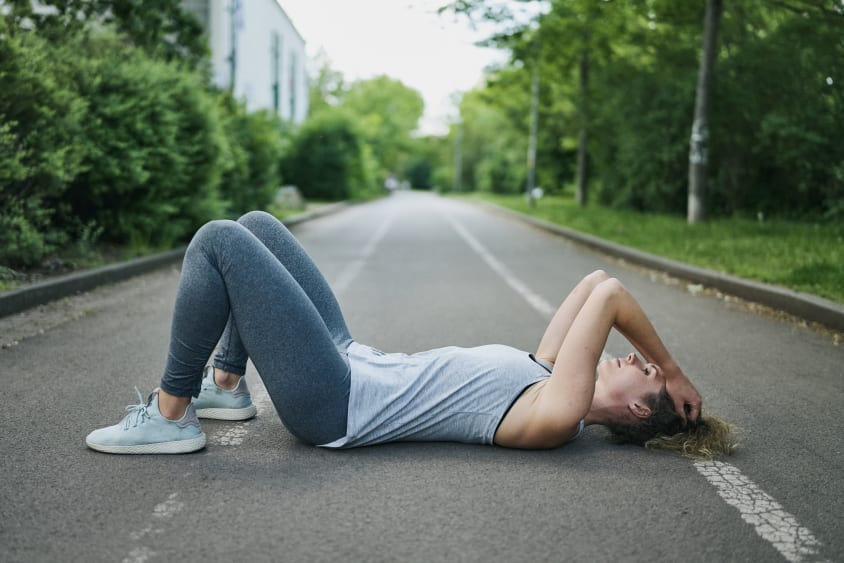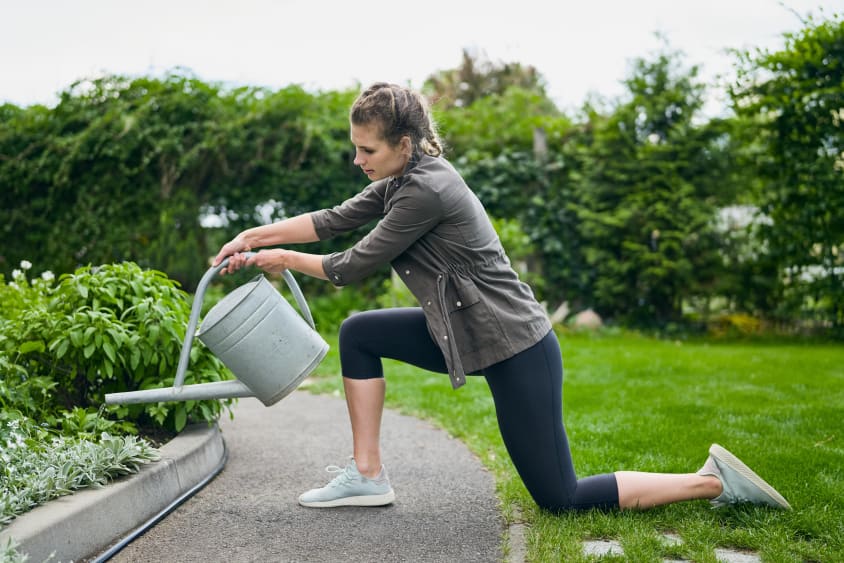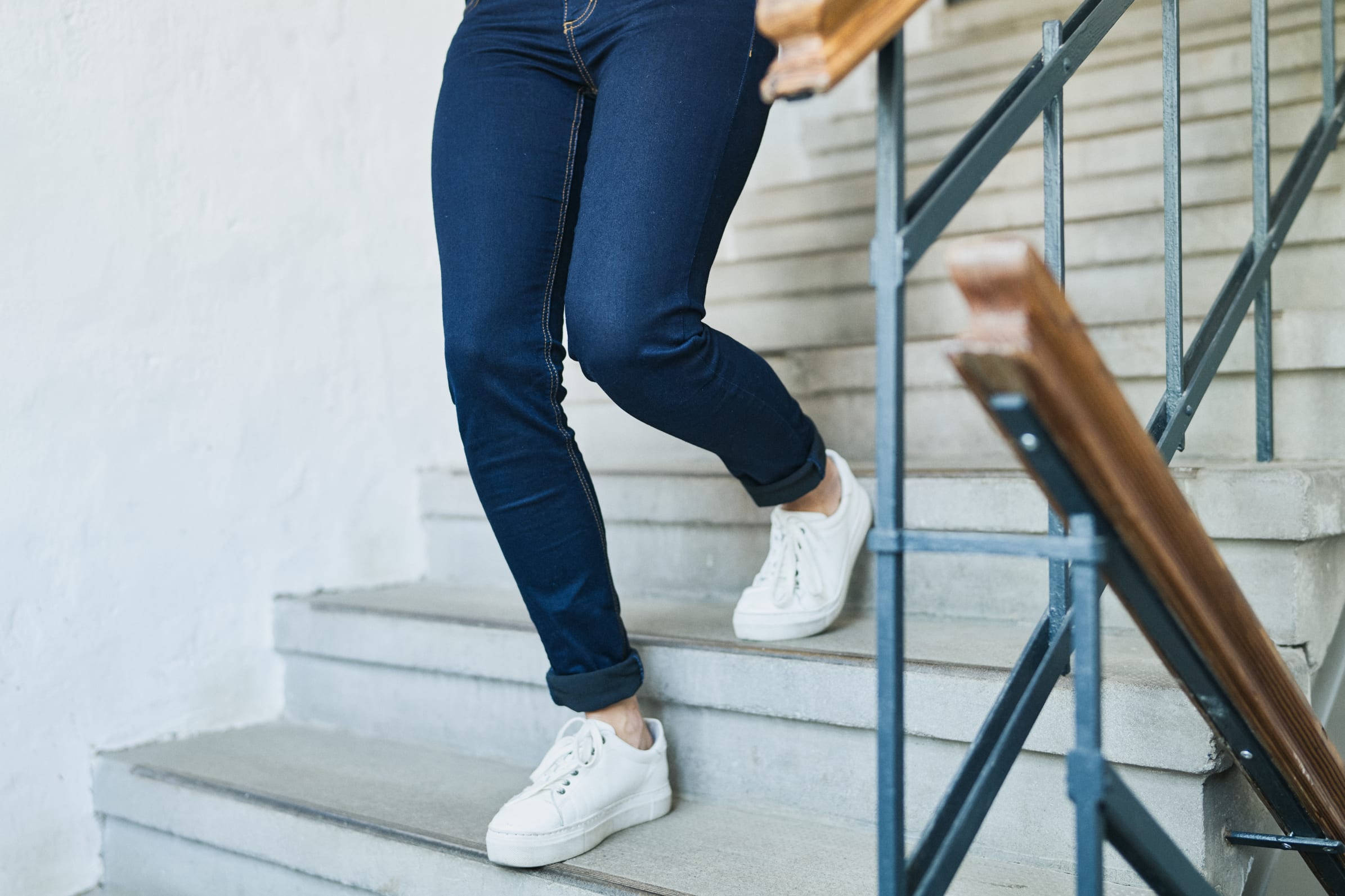
Maybe you’re only too familiar with knee pain – especially if you’re a sportsperson.

But what causes pain in your knee? What kinds of symptoms are involved? And what can you do to tackle it?
Our knees are subjected to huge strain every day. That’s why they are equipped with an array of cartilage, muscles and tendons. Yet many people still suffer from pain in their knees. Often, the pain doesn’t come from the knee joint at all. Limited mobility and tightness manifest as imbalances, irritation and inflammation.
Often, the diagnosis is unclear and is based entirely on the patient’s own description of their symptoms. Anti-inflammatory medicines and painkillers such as tablets and ointments are given for rapid relief. Clearly, these can offer a short-term remedy to your pain, but they won’t help you treat the actual causes. It’s a bit like placing some tape over your car’s warning light: you forget that your car has a problem for the time being, but sooner or later, it will rear its head.
Here’s the good news: you can be rid of your discomfort with some simple exercises.
Visit a doctor if:
- You can no longer put weight on your knee
- You can’t fully stretch and bend your knee
- You get redness, swelling or severe pain
- Your leg or knee looks visibly deformed or misaligned.
01. What is knee pain?
Pain in the knee is a common problem in people of all ages. But not all knee pain is the same.
For example:
- Pain in the knee pit after sport can be caused by excessive strain or imbalanced stresses on the knee.
- Pain when climbing stairs can be an indication of osteoarthritis of the knee behind the kneecap (patella).
- Interior knee pain on the knee joint suggests an inner ligament injury or meniscus injury.
- Pain on the outside of the knee is a typical symptom of runner’s knee.
- Knee pain when bending may suggest a meniscus tear.
As you can see, there are some very different causes of knee pain.
These three types of discomfort are the most common:
- Runner’s knee (iliotibial band syndrome)
- Patellofemoral pain syndrome
- Patellar tendonitis (jumper’s knee)
02. What are the symptoms of knee pain?
Wondering what kind of knee pain you have? Checking in with your body can shed some light on this.
Runner’s knee:
The site of the pain makes it easy to distinguish iliotibial band syndrome (ITBS) from other types of knee pain. Runner’s knee typically affects the outside of the knee, and usually only after running for a long time.
Patellofemoral pain syndrome
Do you have pain around your kneecap or directly underneath it? It’s probably related to a tracking or compression problem with your kneecap, or a biomechanical imbalance.
03. What causes knee pain?
Factors that make Runner’s knee more likely:
- Bow legs
- Poor pelvic stability
- Legs of different lengths
- Shortened muscles on the outside of the thigh
- Feet tilted outward
- Being overweight
- Knee pain after or while running
Factors that make patellofemoral pain syndrome more likely:
- Knock knees
- Unstable kneecaps
- Abnormal leg alignment
- Flat feet
- Frequently walking down slopes
- Sitting for long periods
Factors that make patellar tendonitis more likely:
- Incorrect leg alignment
- Legs of different lengths
- Frequently overstraining the knees when jumping (jumper’s knee)
- Shortened leg muscles
- Sitting for long periods
“An opposing rotation between the thigh and lower leg can cause acute knee joint injuries, but often knee pain in general, too. This, in turn, can be due to other joint misalignments and tissue changes in hardened muscles and fascia, which can cause thigh pain even without the knee being involved.” Dr. Torsten Pfitzer, holistic pain therapist and health coach
04. What could help if you have pain in your knee
Movement is the best treatment for almost any kind of pain affecting your musculoskeletal system. Has your doctor recommended electrotherapy, drugs or injections? Then take some time to rethink your treatment. These passive methods can support your recovery, but they don’t address the cause. The ultimate goal should be to improve your body’s balance and make it stronger, which will, in turn, make it more resilient.
Most of the time it’s hard to narrow down where exactly pain in the knee is coming from. The BLACKROLL® approach includes a comprehensive program: myofascial self-massage, stretching and mobility exercises, and targeted activation and strengthening exercises.
If you’re already exercising: completely protecting the affected area can make it less resilient than ever in the long term. So keep on moving, but don’t exercise beyond your pain threshold. Remember: keep working out to your pain-free limit as much as possible and at the same time, work on any imbalances you have.
For runners, the following would apply: if you can run for up to five kilometers without pain, then run for those five kilometers – no more, and no less. This principle applies to all workouts and sports.
You want everything in one knee pain set incl. premium online training? Address your knee pain with the BLACKROLL® KNEE BOX.
05. Don´t let it get to that point – prevention is best.
Keep an eye on your weight: every additional pound puts a strain on your joints and makes them wear faster. If you want to do your joints a favor, keep up a healthy diet and stay active.
Be active: physical activity is important, not just when it comes to managing your weight, but also for building up your muscles. Low-impact sports like swimming are more appropriate than sports involving jumping and sprinting with abrupt changes in direction.
Get your technique right: your form for the specific activity you’re doing is especially important. When running or doing strength training, be sure to get your technique right to prevent problems.
Choose the right footwear: heeled shoes may look stylish, but they put a lot of strain on your knees. If you have a foot misalignment, you can counteract it with the right insoles.
Listen to your body: if it hurts, take a break.
incl. online training


